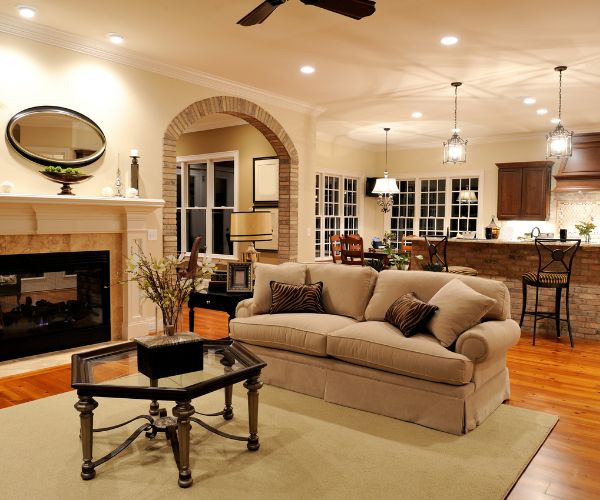OFFICE WORKSTATION
Office workstations are an integral part of workplace design, providing employees with functional, organized, and comfortable spaces to carry out their tasks. The design of a workstation impacts not only the aesthetics of the office but also the efficiency and well-being of the workforce.
Workstations can be customized to meet the needs of individual employees or teams. For instance, open workstations promote collaboration, while cubicle-style setups offer privacy and focus. Ergonomic furniture, such as adjustable chairs and desks, is crucial for reducing strain and improving productivity.
When designing workstations, it is important to consider factors such as layout, lighting, and storage. A well-planned workstation supports both functionality and aesthetics, ensuring employees have a comfortable, clutter-free, and inspiring environment.
OFFICE WORKSTATION Overview
Office workstations are designed to optimize employee performance while reflecting the brand identity and culture of the organization. A well-thought-out workstation setup ensures employees feel motivated, organized, and productive throughout their workday.
Key Features of Modern Workstations:Ergonomic Design: Adjustable desks, comfortable chairs, and proper monitor placement reduce physical discomfort and enhance long-term well-being.
Efficient Use of Space: Workstations are designed to maximize space utilization, with built-in storage options, cable management, and compact layouts.
Promotes Collaboration and Focus: Open layouts foster teamwork, while partitioned workstations help maintain privacy and focus for tasks requiring deep concentration.














